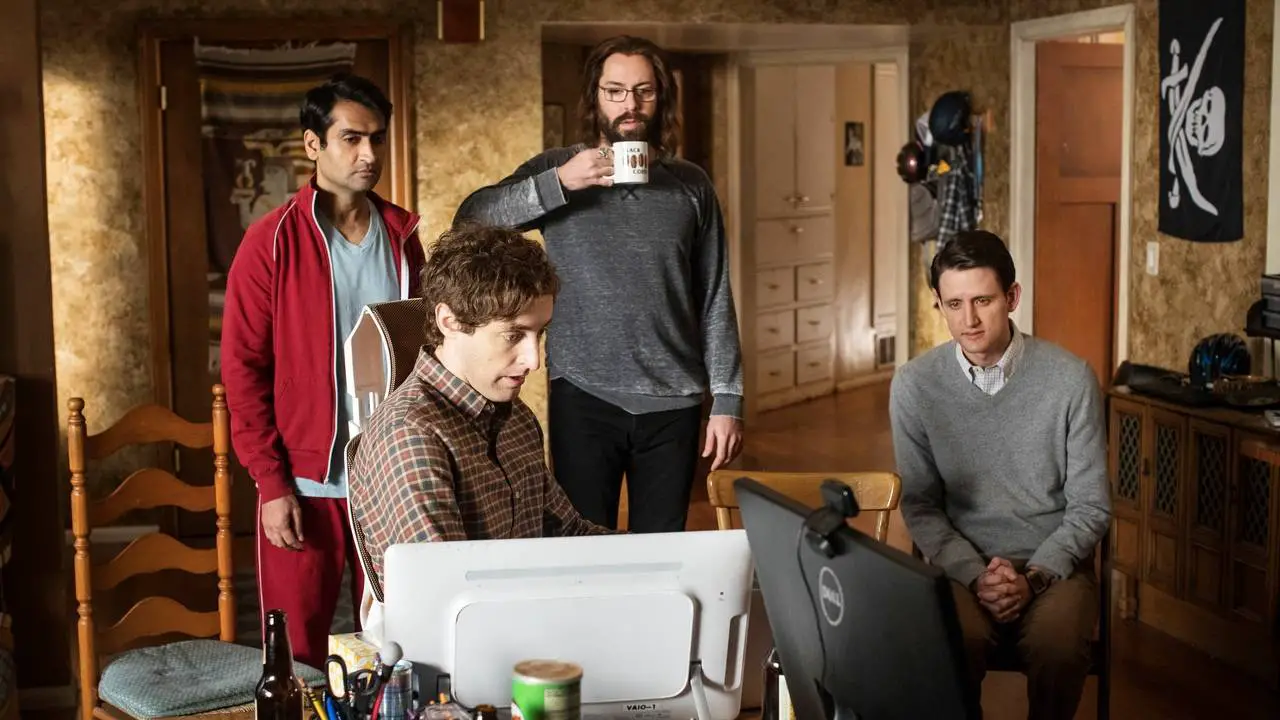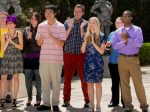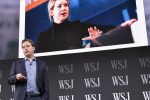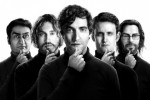One of the most significant societal changes in the past decade has been the rise of nerd culture. Words like “geek” are being worn proudly, and more people are wearing non-prescription glasses than ever before. There is an ironic air to the whole thing, but whether it is being mocked or glorified, “nerd” has established itself as one of the major buzzwords of our time. One of the many ways this change has manifested itself is in the rise of televised sitcoms that focus on nerds. While shows like “The IT Crowd” have blazed a trail for this approach to the subject matter, today there are two undisputed behemoths of the genre—“The Big Bang Theory” and “Silicon Valley.”
“The Big Bang Theory” has been around for a lot longer than “Silicon Valley,” as it began airing in 2007 while “Silicon Valley” did not premiere until 2014. “The Big Bang Theory” has also amassed some of the largest viewership in television history and is able to play on CBS, a far more accessible network than HBO, the home network of “Silicon Valley.” Unsurprisingly, the leads of “The Big Bang Theory” are currently paid more than any other actor in television.
And yet, despite all of this, everyone is having a field day talking about exactly how and why “The Big Bang Theory” sucks. It isn’t just critics. Audiences and bloggers and moms on Facebook are all joining hands to harmoniously tear the show to shreds on a daily basis. “Silicon Valley,” on the other hand, has almost exclusively received praise for its satire of geek and tech culture.
As “Silicon Valley” concludes its fourth season, it both says goodbye to co-star/crowd favorite T.J. Miller and welcomes a new wave of praise from fans and critics alike. This milestone, and the attention it draws to the success of the program, begins to beg the question: What is the difference between “Silicon Valley” and competitors like “The Big Bang Theory”? What separates clever lampooning of a culture from a cheap shtick drawn out for twelve seasons? This article will break it down into two main categories—satire and characterization.
Satire
How funny is the takedown of the source material? What makes one satire funny and the other gimmicky? One way to make this distinction is to ask how accurate the satire is. A successful satire should take real elements of the source material and blow them out of proportion, invert them or have characters interact with them in amusing ways in order to point out their quirks.
This is one of the biggest problems with “The Big Bang Theory”; it does not accurately represent nerd culture at all. It rests its formula on the foundation of pop-culture references and stereotypes. The former involves just name-dropping franchises or films that nerds might like without any legitimate joke to support it. Here is a chunk of real dialogue from the show:
“So it’s settled. The fate of Dr. Who’s TARDUS will be decided by a Game of Thrones-inspired death match on the battlefield of Thundercats versus Transformers.”
Cue laugh track.
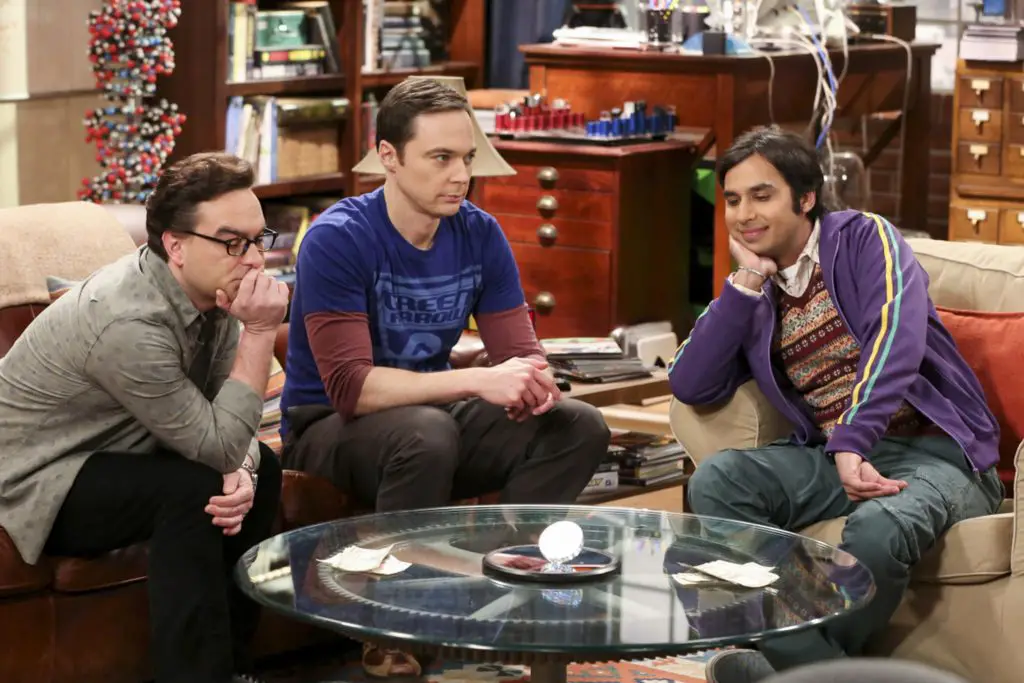
As annoying as the ever-present laugh track is on the show, it is essential to their comedic timing, because without it the audience would not know when to laugh. That’s because there’s no joke here.
It isn’t just half-assed references to mainstream and widely popular “nerd” franchises either; they also make similar name-drop attempts with mathematicians and scientists. What’s more is that any time a reference might have gone over a few people’s heads, the characters then explain the reference in great detail to each other, as if their other “nerd” friends would need such elaboration.
“Silicon Valley” on the other hand, takes shots at multiple aspects of tech culture with few apologies or explanations. Every start-up advertises that it is “making the world a better place” while its founders greedily try to maximize profit before swiftly bailing on the project. Sexism is rampant and ridiculous. Absurd and offensive amounts of money change hands haphazardly. Bosses and billionaires have serious drug problems and fragile egos. People leave their day jobs to pursue start-up ideas that are clearly doomed to fail. Without the context of the show it all sounds rather dark, because it is. The problems and craziness of the Valley are real, and it is the authenticity of these experiences that fuels the mockery of the show.
What’s more, “Silicon Valley” actually captures what nerds are like in this day and age. Nerds may be awkward, but they are also assholes with a lot of pride in their work. In this vein, two characters on the show, Dinesh and Gilfoyle, are constantly in petty competitions to prove who is more invaluable to the team, or even just who is cooler. Their insults to each other range from stupid to poetically vulgar. Here are a few good ones:
– “If you worked half as hard on the platform as you do trying to ogle Slavic women, maybe our shares would finally be worth something.”
– “Oh yeah? Well, my codebase could handle this traffic, fuck your mother, make a video of it, upload it, and that video would not even buffer.”
– “And your solution to that was to go into business with him…the guy you once called more useless than bag of dicks without a handle.”
In contrast, the characters of “The Big Bang Theory” are simply stereotypes of what people thought nerds were twenty years ago. This brings us to the second category.
Characterization
While partially tied to satire, characterization also refers to the development of its protagonists as it pertains to the plot. Are the characters fleshed out? Do they change over time in interesting ways? Are they complicated?
With “The Big Bang Theory,” the answer to all of these questions is a resounding no. All of its characters are flat stereotypes. Raj is an Indian character whose main character traits are 1) Being stereotypically Indian and 2) Being terrified of women (which is also kind of being stereotypically Indian). Later, it is revealed that Raj might be gay. What ensues is a seemingly never-ending line of gay puns that Raj accidentally makes when he speaks (think Tobias Funke from “Arrested Development,” but a tenth as funny).
Sheldon is essentially just a physicist with Asperger’s, and his character ends up being more of a collection of quirks than a real person. He disregards everyone’s feelings; he knocks on every door in burst of three; he needs to sit in the same chair every day, and so on and so forth. The result is debatably insulting to anyone with learning differences or social disabilities. Then there is Howard, a prototypical Jewish nerd whose mother is as over the top as she is one note. He is also unapologetically creepy and perverted around women, an issue that is never attributed to him with any agency. It’s as if he can’t help but be creepy because “that’s what nerds are like.”
This brings us to the show’s inability to handle female characters. The main female lead, Penny, is introduced as a very stereotypical dumb blonde. While in many ways she is the most grounded of the group, she is mostly used as a prop for the male leads to patronize or lust after. That is, until she inevitably falls in love with the “normal” one in the group, Leonard. The shallow nature of most of the female characters combines with the excused misogyny to create something that is almost too outdated to be offensive.
“Silicon Valley” has not gone without criticism in regards to its inclusion of women in the past. For a while, the only discernible woman in the plot was Monica, the personal assistant to a male venture capitalist. However, this criticism was met with two responses from the show’s writers. First, they claimed that the lack of female representation was an intentional portrait of the twisted gender ratio in the Valley. Second, as the show continued, not only were more women introduced who were extraordinarily talented in coding or business, but Monica found success by being perceptive and loyal.
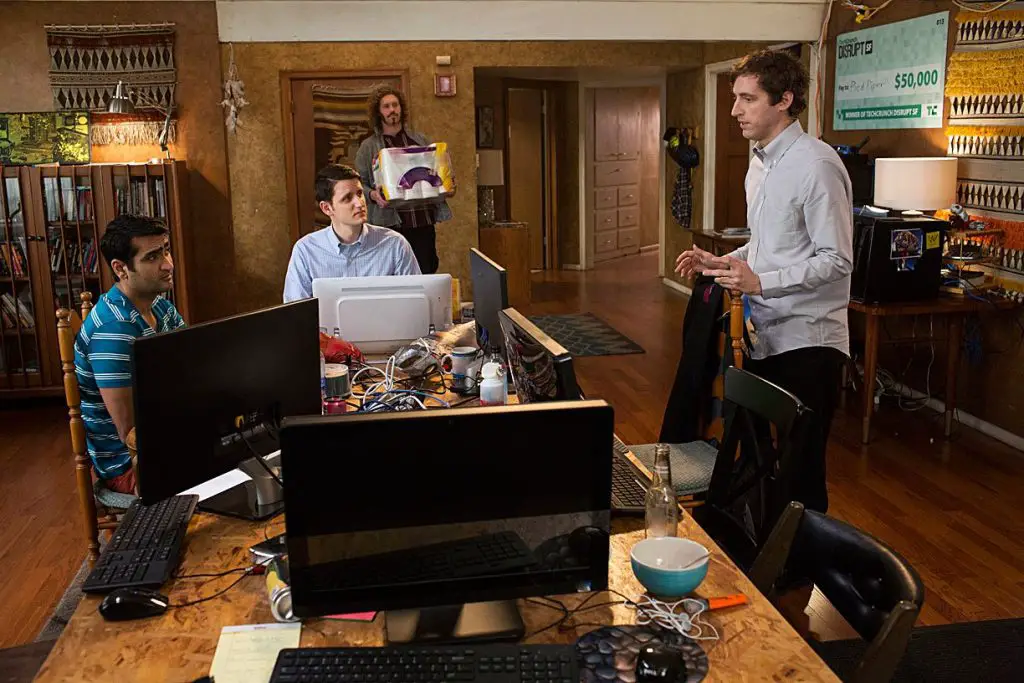
In addition to the satirical representation of coders, CEOs and entrepreneurs, “Silicon Valley” also develops its characters carefully. Most notably, the protagonist “Richard” struggles with the series of compromising decisions he must make to continue being successful. What begins as cutting small corners to outsmart competitors evolves into fraud and full-blown cyber crimes. It challenges the audience to rethink what means are justified by the ends.
Richard’s moral erosion also raises some interesting questions in reference to the show’s own premise. Here we have a young start-up genius whose goal is to overcome the selfish, monstrous CEOs who have a chokehold on the industry. But with each step toward compromise, you not only realize that Richard is becoming more and more like those CEOs in character, but that his goal in the first place was to be a powerful CEO. Is it all a cycle of selfish jerks rationalizing immoral behavior in order to get what they want? There is something deep at play underneath the satire that gives the show a different level of watchability.
And so whether you are watching a TV show about “nerds” for the jokes, for the characters or for the plot, “Silicon Valley” is the show that “Big Bang Theory” has always pretended to be. And it is only with the creation and success of “Silicon Valley” that we have been able to see just how far “The Big Bang theory” missed the mark in the first place.


